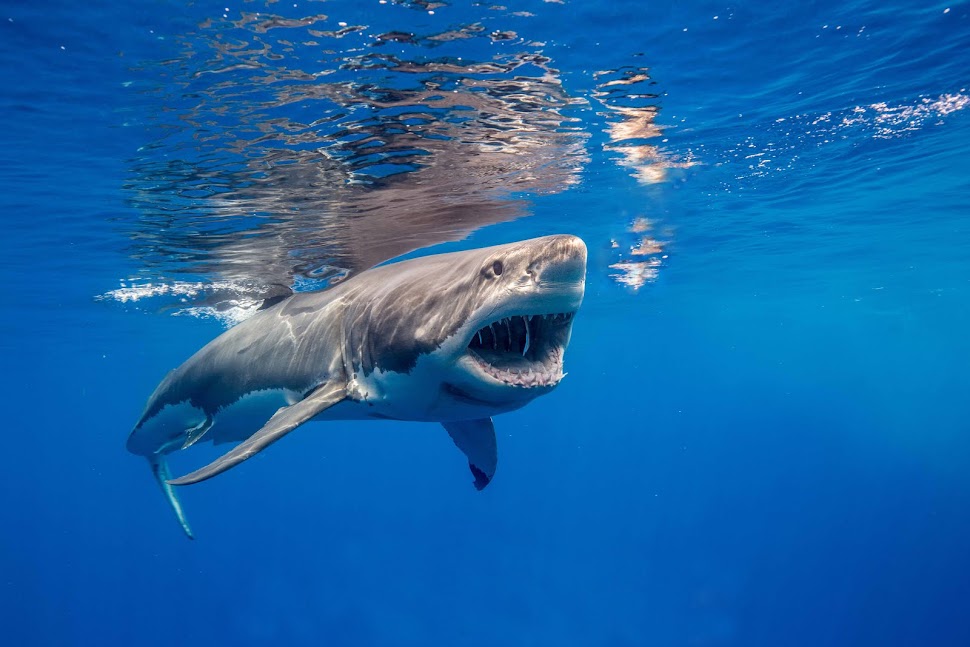 Great article today in the Boston Globe on sustainable whale shark tourism in Mozambique at Praia do Tofo.
Great article today in the Boston Globe on sustainable whale shark tourism in Mozambique at Praia do Tofo.What we were unaware of was the regional tourism valuation of $50 million. That's an impressive number and one much higher than traditional artisanal fisheries which breakdown a whale shark into a few dollars locally compounded with declining stocks.
PRAIA DO TOFO — Eyes stinging with the wonder of it, my head breaks the surface and a rippling swell sloshes about my ears. Up here all is hysteria, hyper-adrenalized euphoria: 16 goggle-eyed tourists treading water, yelling astonishment through surf and snorkels. Bubble, splash, gurgle . . . “ . . . mazing’’ . . . “ . . . did you see?’’ It’s an understandable reaction when you have just been for a paddle alongside a shark the length of a bus.
In recent years, their docility has spawned a mini-industry of companies offering people the chance to swim with one, a niche tourism market worth more than $50 million a year. Many specialists claim that interactions between whale sharks and humans, when carefully managed, have little negative impact on the animals’ behavior, with some advocating responsible tourism as a key means to safeguard them down the line.
Complete story.






















